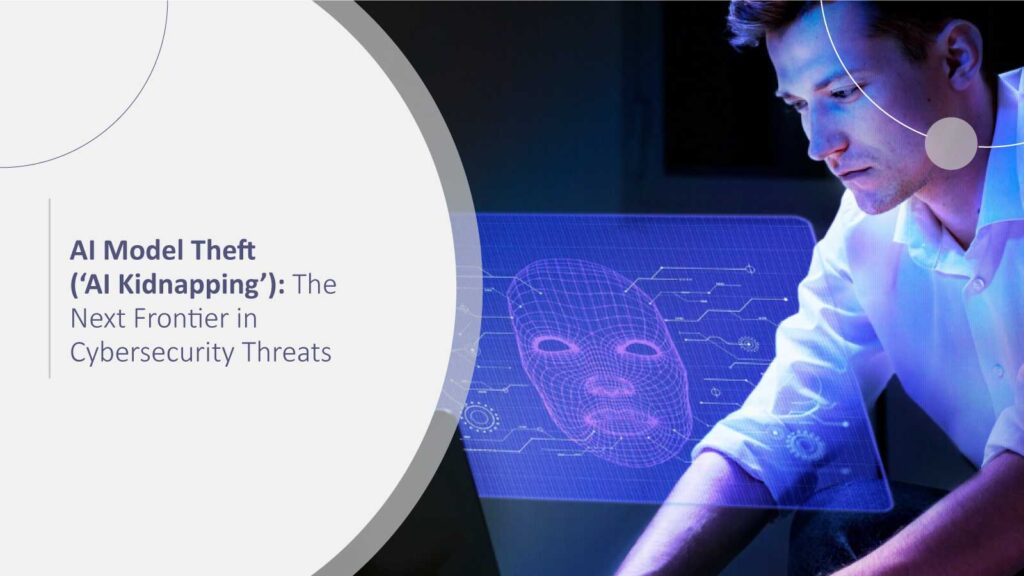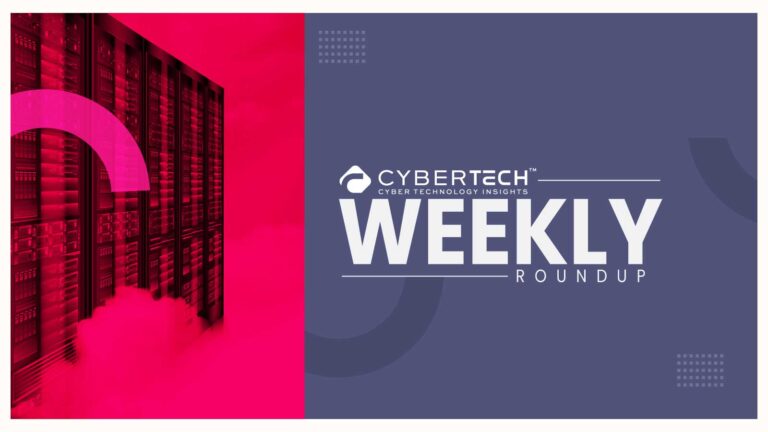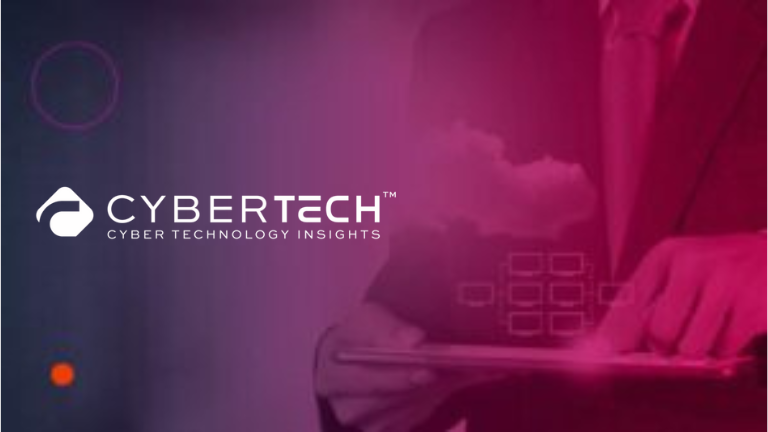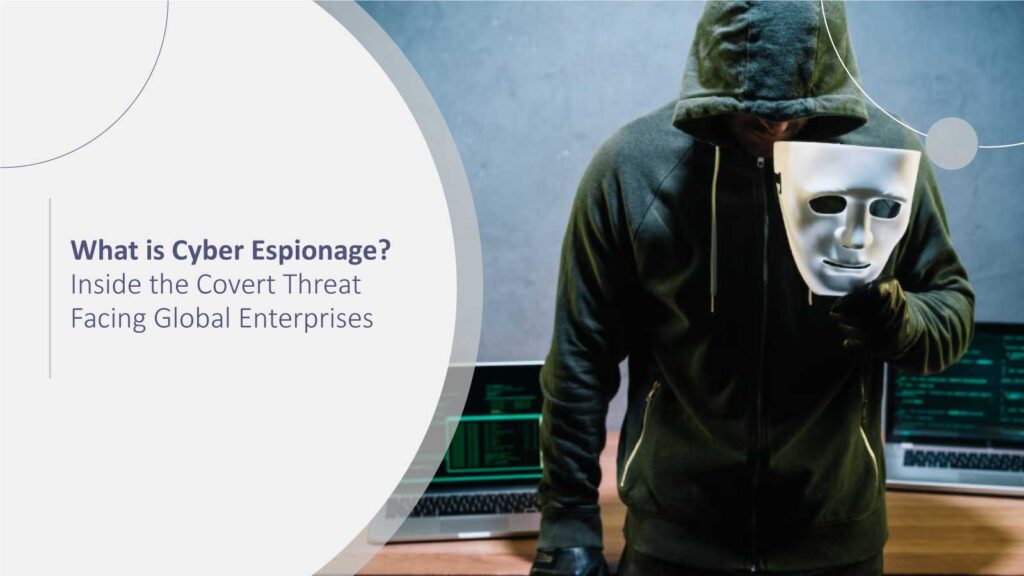Do you have employees based all across the world? Then you know best how difficult it is to secure data. Cyber attacks won’t wait until employees are not in the same room. Remote workers are more susceptible than ever. That is why you need to select the right cybersecurity Solutions to safeguard your business, no matter where employees are.
Therefore, here, we expose the top 10 cybersecurity Solutions for distributed teams across the world. They provide strong security, smooth integration, and easy-to-use features. If your team is hybrid, remote, or all-virtual, then they protect your data, networks, and devices. Time to explore the top picks that offer true reassurance and reliable protection.
1. NordLayer — Remote Teams Secure Networking
NordLayer is one of the advanced cybersecurity solutions geared towards companies with remote or also distributed employees. It provides you with safe VPN solutions that create encrypted channels for your data stream. That is, your employees can access corporate assets anywhere in a secure manner without the risk of interception.
Certainly, Way beyond a VPN, NordLayer provides one-pane-of-glass management. Admins have to worry about group permissions, traffic inspection, and also security policy enforcement everywhere. It streamlines compliance and provides global consistency in Cybersecurity Solutions.
In addition to that, NordLayer has multi-factor authentication (MFA) and support for top identity providers like Okta and Microsoft Azure AD. This reduces login risk and improves the user experience. The platform also has automated network segmentation, isolating devices to limit attack surfaces.
NordLayer’s cloud infrastructure seamlessly scales with your expanding team. It has fast connection speeds and 24/7 support. Industry analyst Jane Smith opines, “NordLayer strikes a balance between ease of use and also enterprise-level security, putting it in good stead with organizations adopting distributed workforces.”
NordLayer balances strong with seamless usability. It allows your remote teams to work confidently and securely wherever they are.
2. SentinelOne — AI-Driven Endpoint Protection
SentinelOne provides a cutting-edge endpoint of Cybersecurity Solutions that utilize artificial intelligence (AI) to block and detect cyber attacks in real-time. Distributed teams have endpoints such as laptops, smartphones, and tablets that are most vulnerable to cyberattacks. SentinelOne secures such endpoints by placing them under constant surveillance and automatically taking them down.
The platform’s AI models browse for activity patterns to detect suspicious behavior. This allows SentinelOne to block zero-day attacks, fileless malware, and ransomware that other antivirus software fails to detect. Upon detection, it will automatically quarantine threats, roll back malicious changes, and alert IT staff within a second.
SentinelOne cloud console gives you unified visibility across every endpoint, anywhere. Security teams can push updates remotely, launch investigations, and create tailored policies. It comes in handy for global organizations with hundreds of devices.
In summary, SentinelOne actively evolves to provide a proactive, smart defense against threats. Organizations with highly distributed workforces need it.
3. CrowdStrike Falcon — Cloud-Native Endpoint Security
CrowdStrike Falcon is one of the cloud-based cybersecurity Solutions used by thousands of organizations worldwide. Eventually, Endpoints installs its lightweight agent to deliver real-time protection, prevention, and threat hunting. For remote employees worldwide, Falcon provides single protection with zero performance impact.
One of the main benefits is Falcon’s utilization of the cloud to ensure all devices’ telemetry gets consolidated. So, this allows security researchers to identify emerging threats and patterns of attack at a global level. In addition, the threat intelligence database for the platform is further updated by an international network of researchers.
Falcon’s integration with other cybersecurity Solutions makes them more efficient. For example, it can feed data into SIEM systems or automate incident workflows. This reduces labor and provides a better overall security posture.
Customer reviews also show Falcon’s simplicity in deploying it and its small system footprint.
In its 2024 Worldwide Managed Detection and Response (MDR) Services MarketScape assessment, IDC honored CrowdStrike with a Leader designation. Indeed, the report notes that Falcon Complete’s multi-domain detection and response capabilities accelerate the time it takes to find and stop sophisticated, lateral-moving attacks.
According to a detailed study by IDC named “The Business Value of The CrowdStrike Falcon XDR Platform,” companies leveraging Falcon XDR identified nearly twice as many threats in significantly less time and accelerated their investigation processes by over 60%.
In general, CrowdStrike Falcon is an advanced, cloud-deployed endpoint security suitable for remote teams scattered geographically.
4. Cisco Secure Access Service Edge (SASE)
Cisco Secure Access Service Edge brings together network and security in a cloud solution. Also, It grants safe access to remote workers by combining VPN, firewall, and zero-trust policies. Cisco’s global network offers low-latency connections with high security.
Organizations simplify and enhance the consistency of security for all users and devices with SASE. Identity-based access is facilitated by the platform in a way that workers are only given access to what they require. This minimizes exposure to attacks.
However, Gartner’s Market Guide for Single-Vendor SASE does recognize Cisco as a representative vendor in the single-vendor SASE market. The guide emphasizes the importance of integration and scalability in SASE solutions, noting that a well-architected vendor should offer:
- Fully integrated services that also include a unified data model and advanced analytics.
- Unified management and policy enforcement.
- A growth-ready system built to be both versatile and straightforward to navigate.
5. Palo Alto Networks Prisma Access
Palo Alto Networks Prisma Access is also one of the cloud cybersecurity solutions that protects remote users and branch offices. It provides zero-trust access, scans traffic for threats, and protects web, cloud, and SaaS applications.
Prisma Access supports seamless remote onboarding, and global points of presence enable quick and secure connectivity. Prisma Access assists businesses not only with simplified management but also with enforcement in one unified manner.
6. Zscaler Internet Access (ZIA)
Zscaler Internet Access (ZIA) provides remote workforces with fast, protected connectivity to internet services and cloud applications. Eventually, It is a proxy delivered from the cloud that scans all traffic for data loss and threats.
ZIA is capable of SSL inspection, sandboxing, and advanced threat prevention. Its zero-trust model secures users irrespective of where they are or what they are using. Organizations deploying ZIA say they have a better user experience and better security.
7. Microsoft Defender for Endpoint
Microsoft Defender for Endpoint is an endpoint security solution that is included with the use of behavioral sensors, cloud security analytics, and threat intelligence. It secures distributed teams’ Windows, macOS, Linux, and mobile devices. Eventually, this solution seamlessly integrates with Azure and Microsoft 365, offering unified control over security. Automated investigation and remediation simplify the work of security teams.
8. Fortinet Security Fabric
Fortinet Security Fabric provides next-generation, integrated security to networks, endpoints, and cloud infrastructures. Distributed teams are provided with VPN, firewall, and also endpoint securityadministered centrally from Fortinet.
AI-powered threat detection and response features of the platform enable organizations to identify and respond to threats at multiple locations rapidly.
9. IBM Security MaaS360 with Watson
IBM MaaS360 uses AI-driven insights to protect endpoints, apps, and content. Its unified endpoint management provides IT with the capability to manage devices remotely across the globe in a secure location.
Watson’s intelligence platform enhances how organizations uncover security threats, respond swiftly to incidents, and also stay aligned with compliance rules. Remote employees enjoy safe access and data protection on any device.
10. Sophos Intercept X
Sophos Intercept X combines advanced neural network-based malware identification, exploit blocking techniques, and proactive defense mechanisms against attackers. It secures endpoints from ransomware, rootkits, as well as advanced threats.
The solution delivers synchronized security through correlating threat intelligence on firewalls and endpoints. The multi-layered security is perfect for distributed teams seeking end-to-end protection.
Conclusion
Protecting remotely dispersed teams requires the proper cybersecurity tools. Simple-to-implement, scalable, and effective protection is offered by NordLayer, SentinelOne, CrowdStrike, and others highlighted above. With an investment in these tried-and-tested tools, organizations can minimize risks and enable employees to work anywhere securely.
FAQs
Q1: What makes a VPN an essential safeguard for remote and decentralized workforces?
A VPN encrypts internet traffic, ensuring sensitive information remains out of an interceptor’s hands. For remote workers, it protects corporate assets on public networks.
Q2: What is zero-trust security?
Zero-trust means that no device or user is trusted by default. By confirming identities, access is granted in distributed systems, which helps reduce potential security threats.
Q3: How does AI improve cybersecurity?
AI can identify new threats and unusual activity more quickly than traditional methods, enabling early defense and accelerated incident response.
Q4: Do these solutions scale with my growing team?
Yes, all of the above solutions provide scalable infrastructure to support increasing distributed workforces.
Q5: What is the biggest cybersecurity risk for globally distributed teams?
The biggest risk is unsecured endpoints—laptops, phones, and personal devices—that connect to corporate systems without proper protection, making them prime targets for cyberattacks.
Protect your remote workers now! Discover more about NordLayer for secure, hassle-free networking that scales with your company. Go to nordlayer.com and sign up for a free trial to immediately protect your remote workforce effortlessly.







